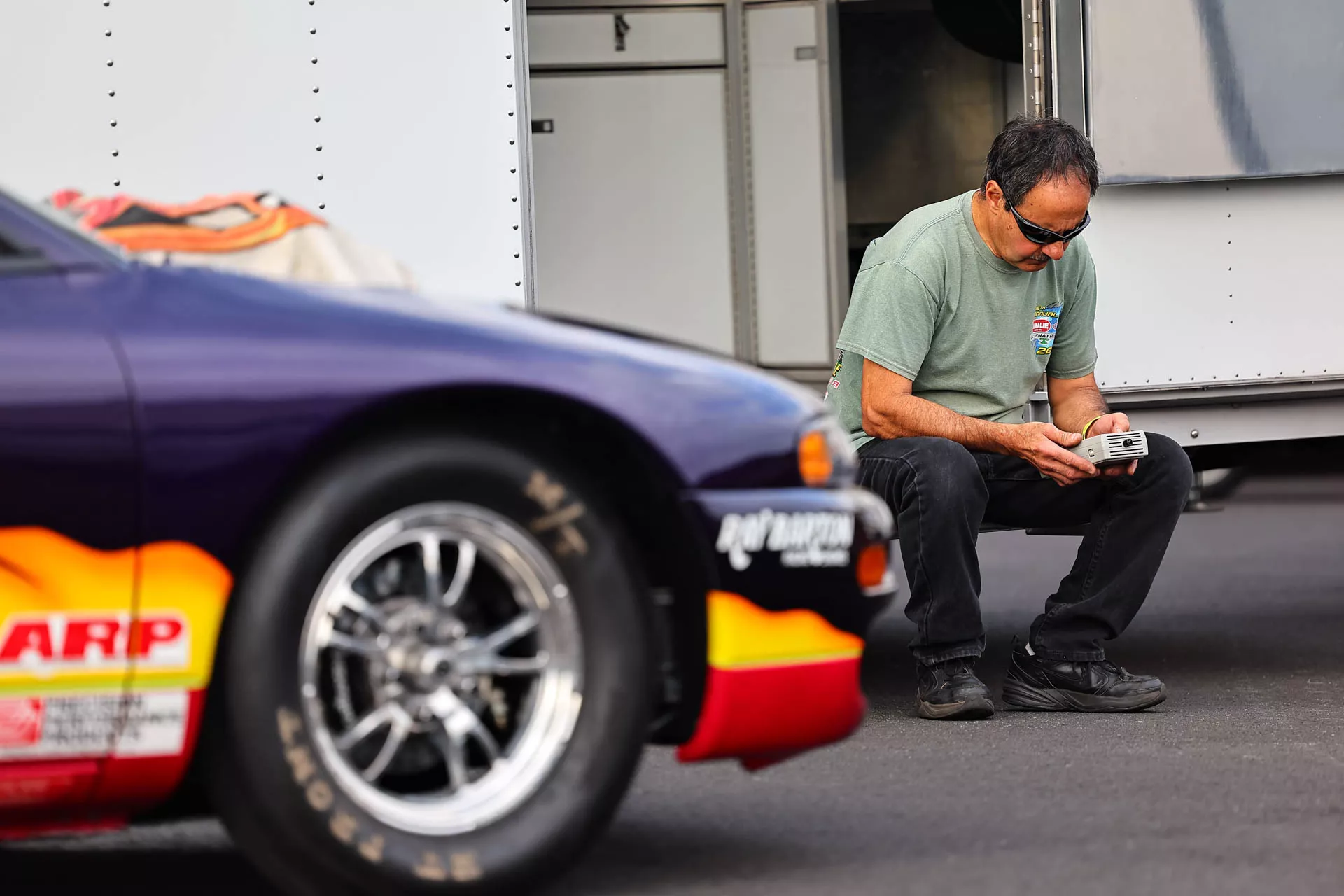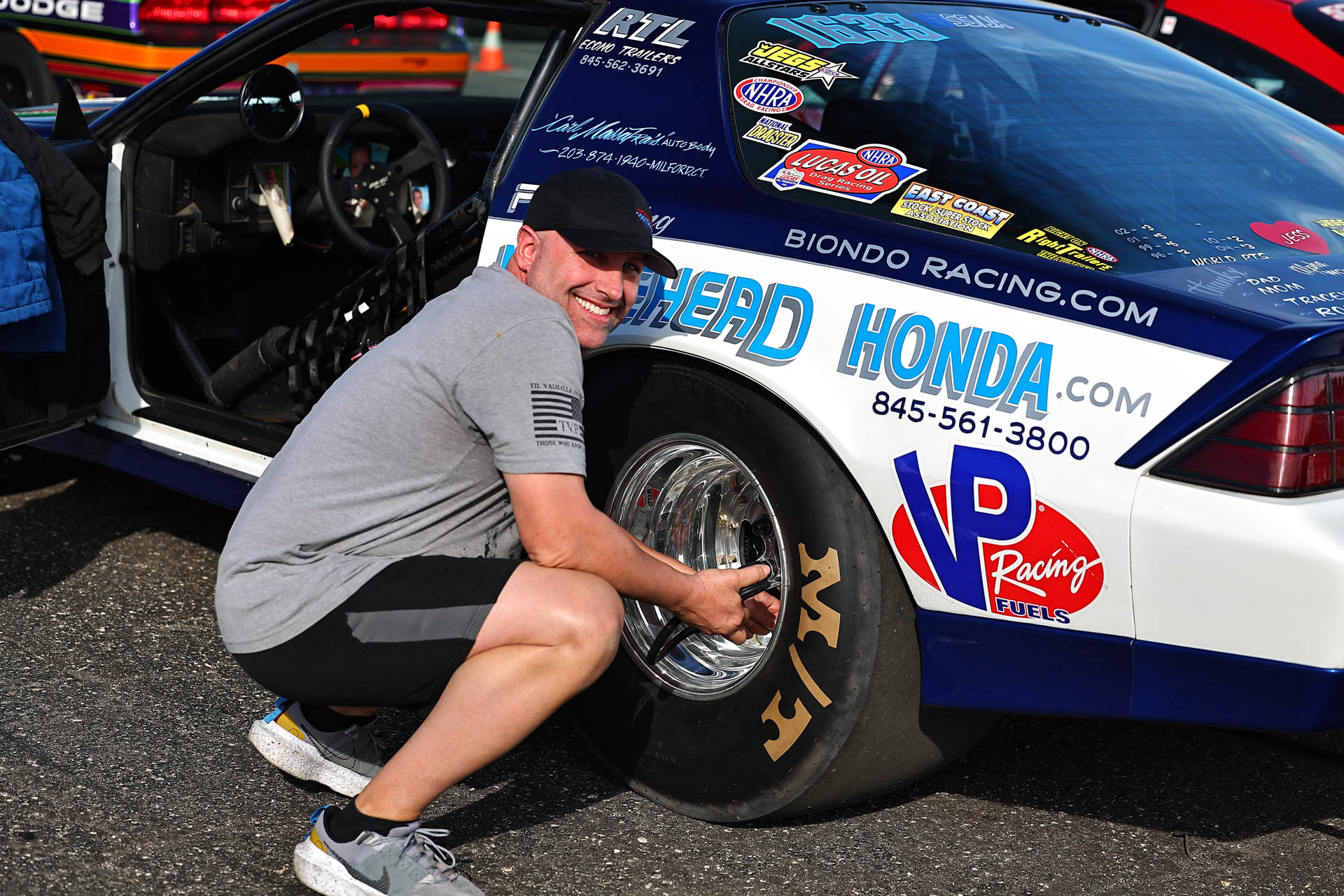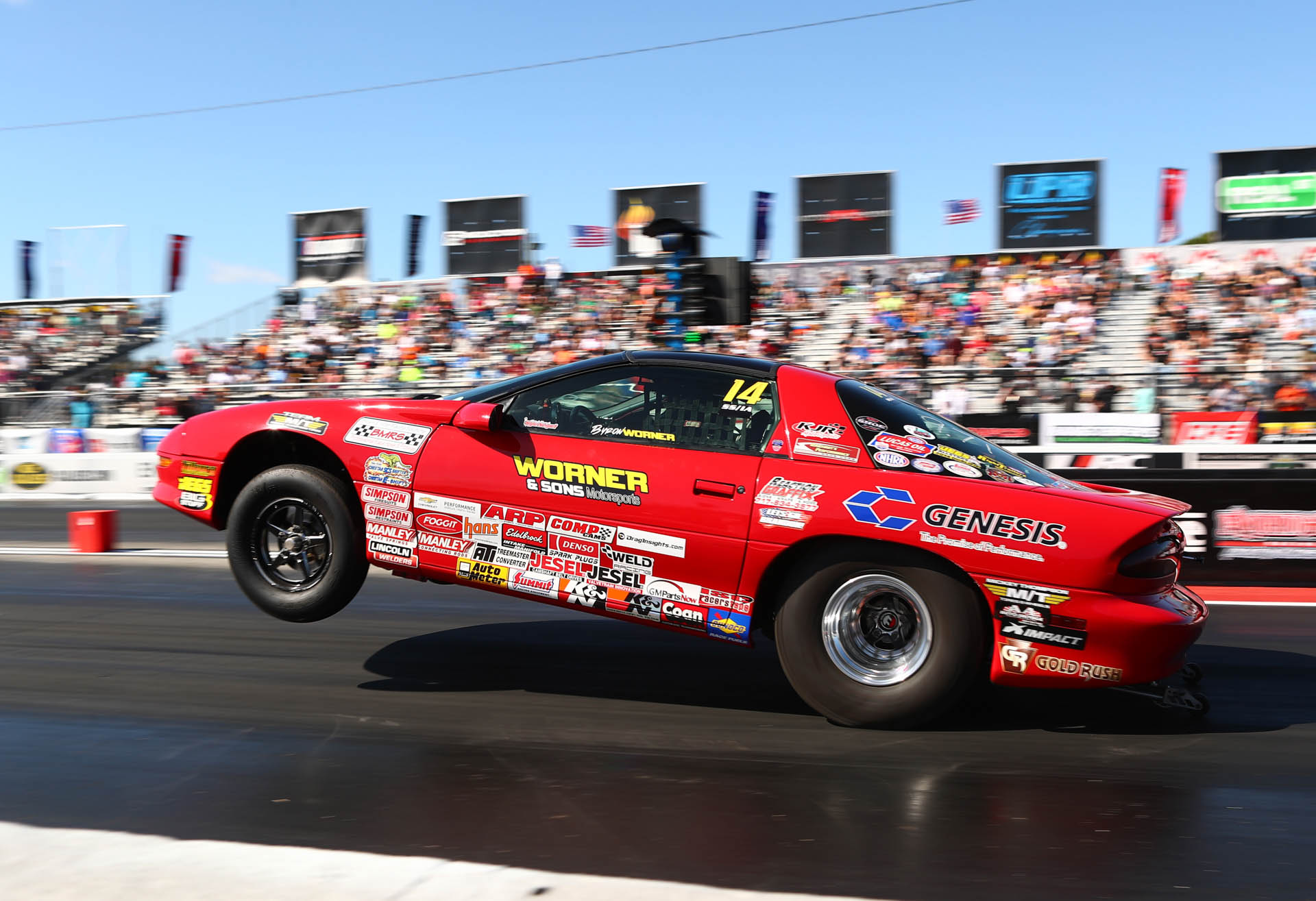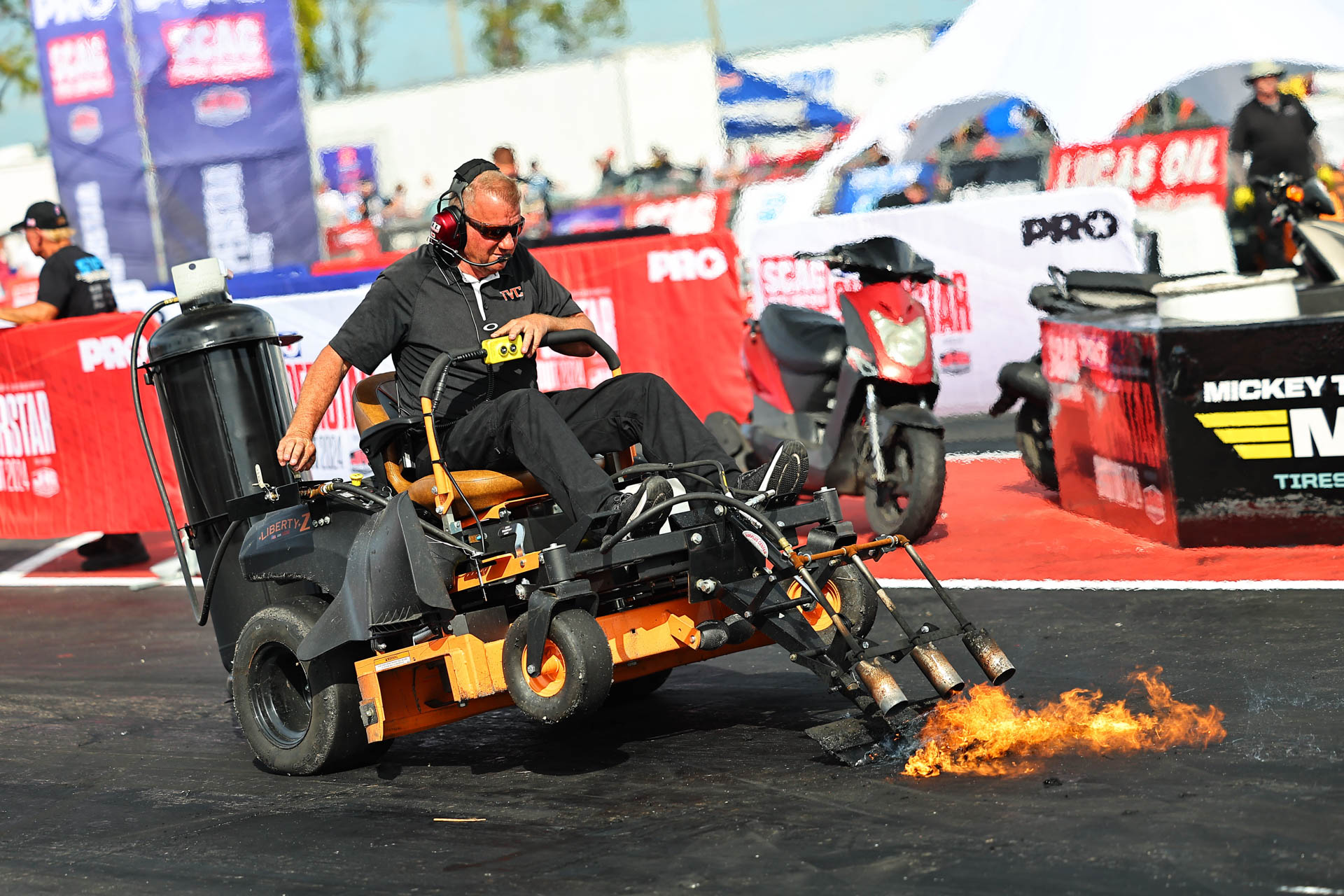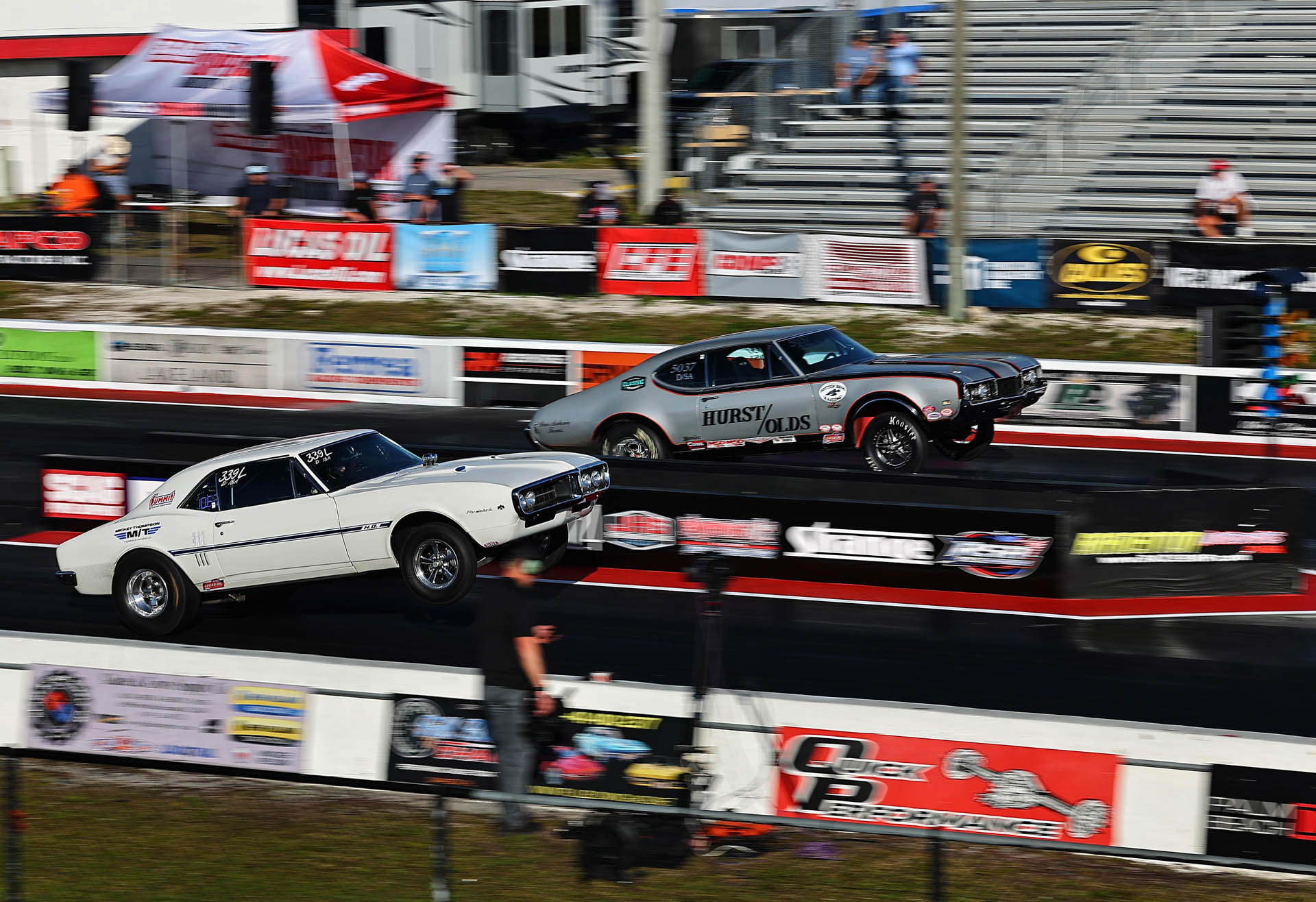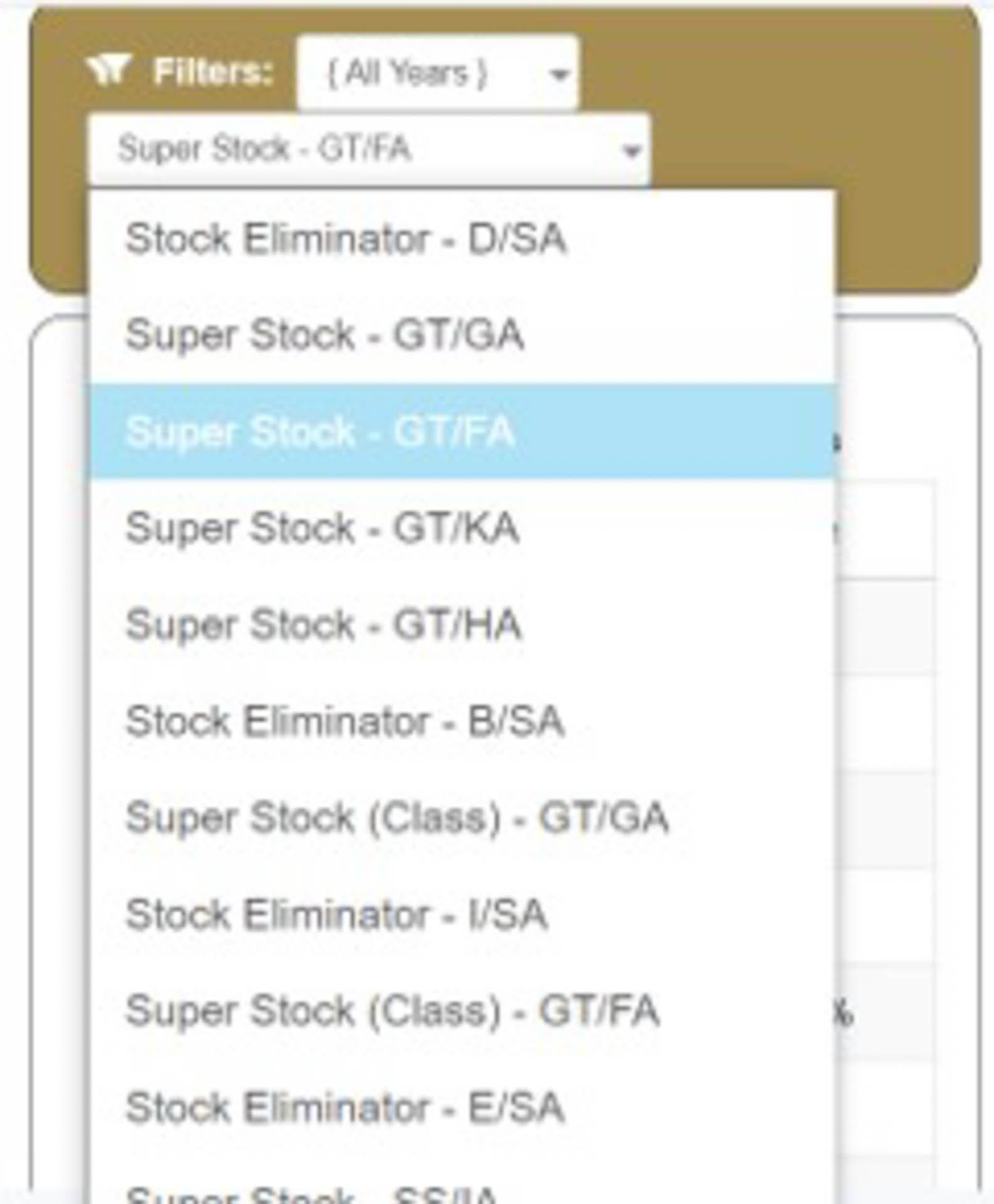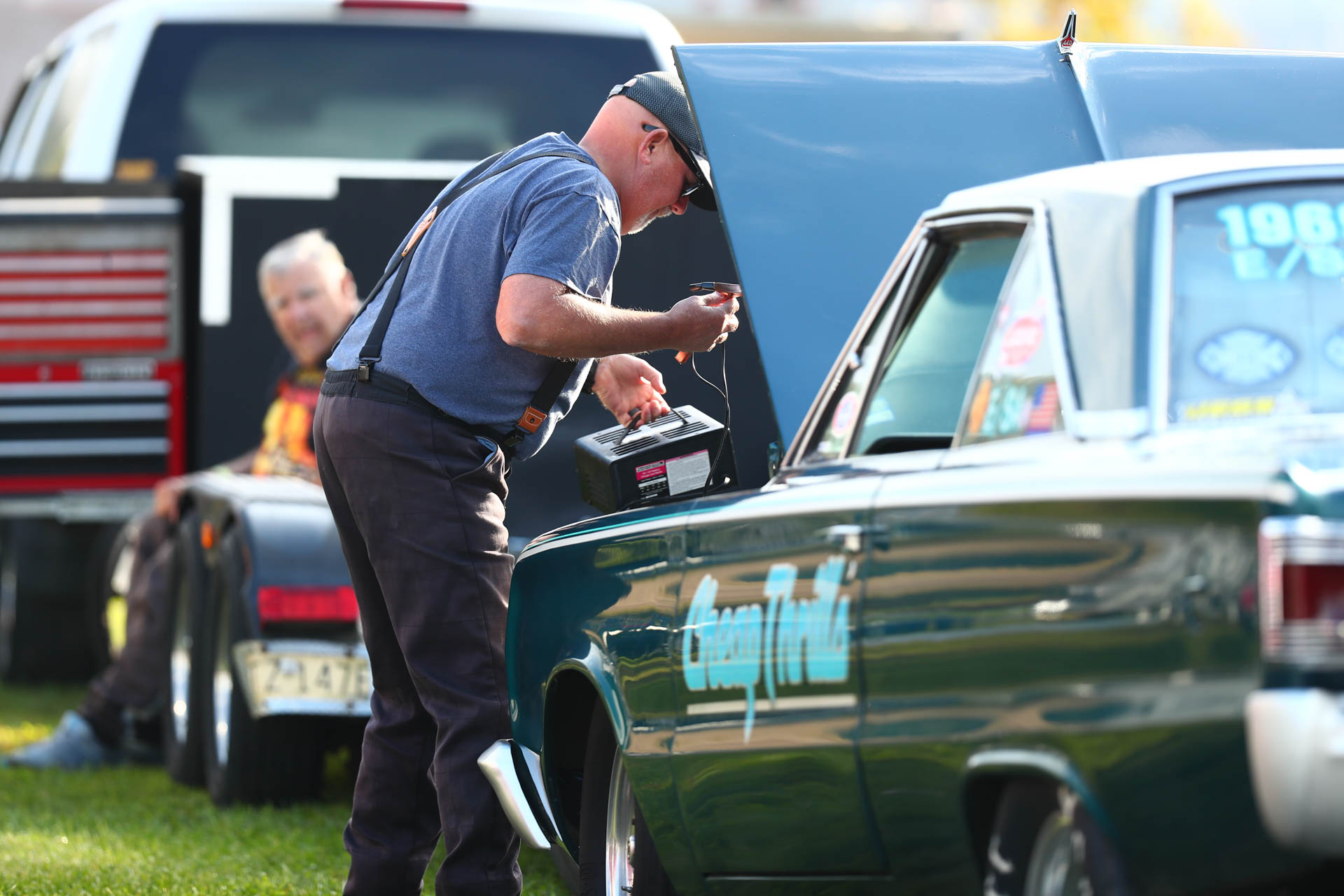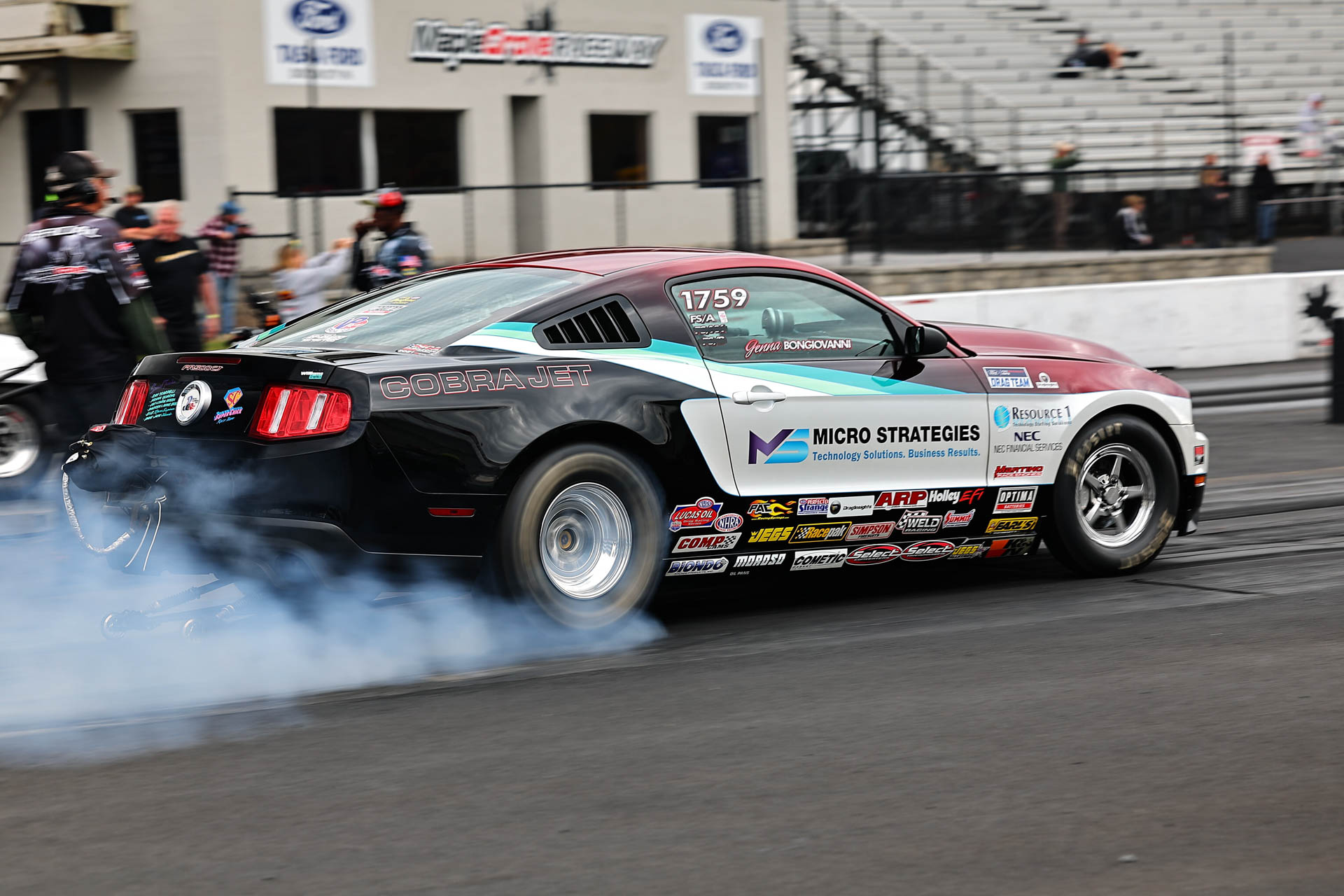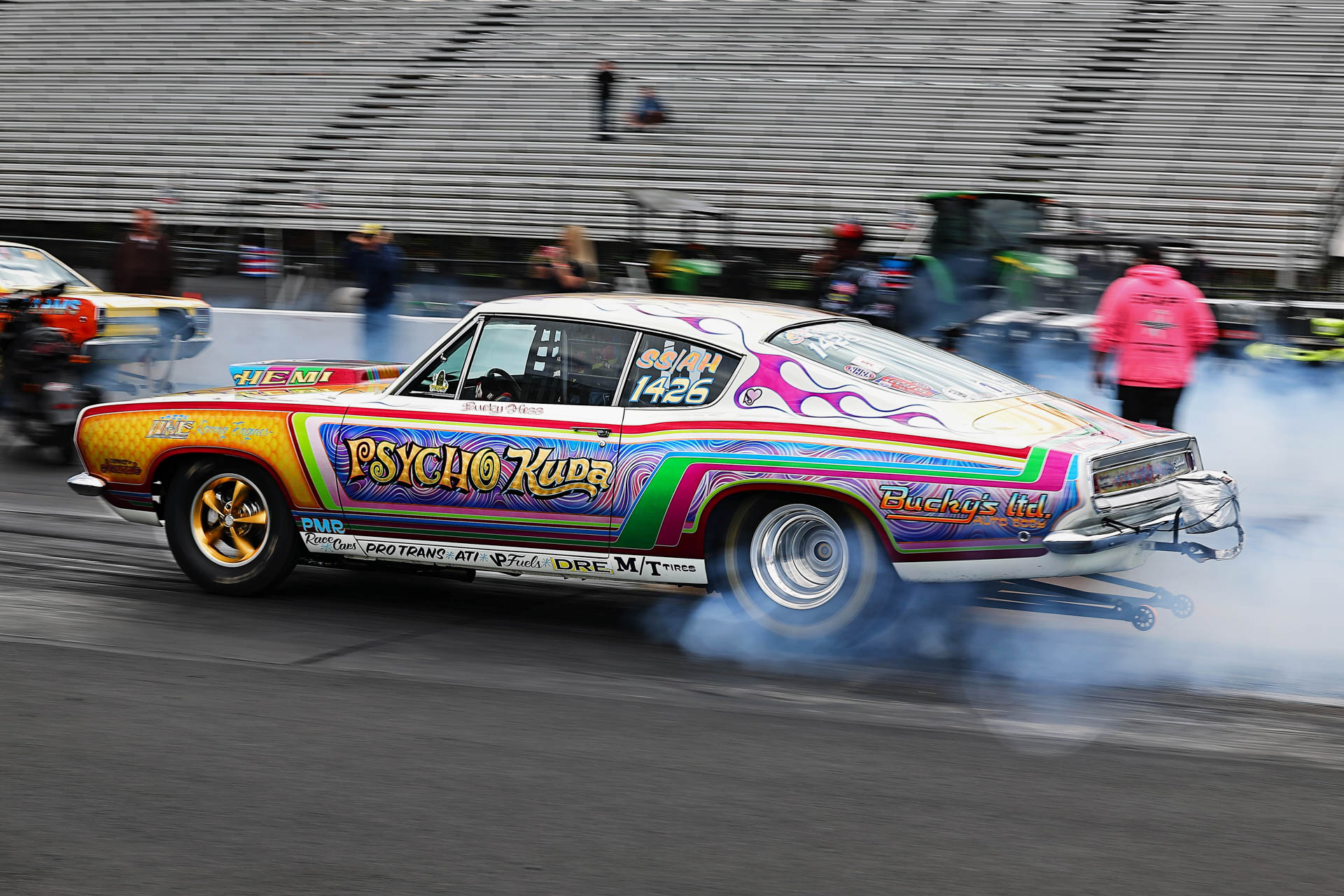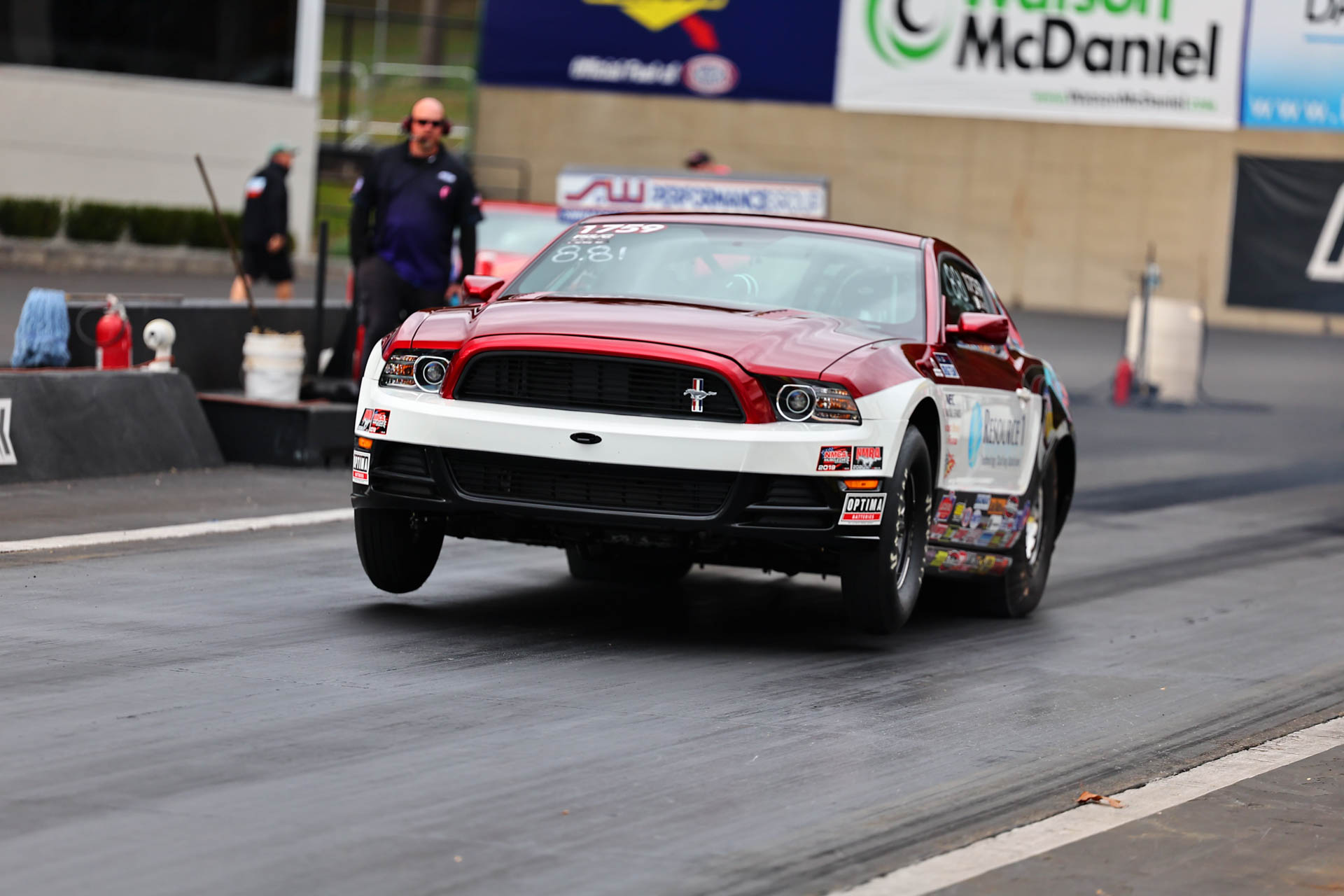Mind Prep For Better Drag Racing with DragInsights
By Evan J. Smith
The off-season in motorsports is pretty cut and dry, right? Put the race car (or truck, or bike) on jack stands, pull the engine and transmission for freshening, clean the wheel wells of old rubber—then inspect the suspension and any other mechanical parts. Even if you’re not yanking the powertrain, odds are you’ll drain the water (in colder climates), install new spark plugs and filters and back off the rockers to let the valve springs relax and keep the cylinders sealed.
Eventually, as spring approaches, fun ramps up. You drop in that fresh piece, or at minimum get the old stuff ready for your first race. And with that you’re ready to load up and head to the track… but wait, is something missing?
Ahhhh… yes, something indeed is missing. And that’s mental prep.
While most racers understand how to prepare the race vehicle, many fail to prepare themselves for the racing season. More specifically, being successful takes preparation. It’s rare that anyone “lucks” into six or seven rounds for a win. In contrast, it’s usually the racer who has given him or herself in the best chance at winning. The question then becomes, what separates those who win regularly from those who don’t? And while winning does take raw talent, more often, winning is achieved by those who understand racing, they practice winning techniques and they are armed with data, and they can execute when the chips are down.
Look to any stick-and-ball sports or to motorsports and you’ll find successful athletes doing pre-season training. They don’t just show up and wing it. They build a winning mindset and stick to practices that really work. Truth be told, you’ll be sharper athletically and mentally if you’re prepared for the task at hand.
Racing requires your car to be in perfect condition to provide consistency, predictability, and durability. I mean, that’s why you thrashed all winter. But what about the driver/crew? Are you 100 percent prepared to do your job? To be at your best requires physical and mental training. Racing is hard, both physically and mentally, so the better your preparation, the better your results are likely to be.
The physical side of racing speaks for itself. It includes long days (and nights) at the track where you’re on your feet a lot, there’s loading and unloading the car, swapping tires, cleaning, and prepping the vehicles. It takes energy. Repeating this routine over a few days can lead to fatigue, so it’s important to maintain good health and diet. At minimum, we recommend hydrating yourself prior to, and during, any track outing and keep alcohol consumption to a minimum. It also stands to reason that those who are physically fit will feel better as the days wear on.
The Mental Game
Believe it or not, the mental side of racing can be more challenging than the physical. Being successful requires confidence in your vehicle and in your abilities and for you to maintain focus and control emotion. Getting mentally prepared to race involves understanding the overall picture of how you anticipate each race to play out. This means having a plan of action to execute and the ability to call an audible on the fly if needed.
Much of the mental power you’ll possess comes from data. This includes timeslips, weather data and another setup notes you’ve kept. In addition, there’s an app called DragInsights that can bring your game to the next level—a race-winning, championship level!
DragInsights is a complete database that’s available to drag racers and with the swipe can provide personal and competitor data points, statistics, and analytics directly to your phone in the pits, lanes or at home. By navigating the easy-to-use app on your phone or computer, you’ll access your own driver profile along with thousands of fellow competitors where you can see all your stored data such as reaction time average, win/loss percentage, green vs red lights, rounds won, average elapsed time, average dial in, average mph, average margin of victory, breakouts and more.
“With DragInsights you’ll see a fuller picture of where you stand and where your opportunities to improve,” said Alicia Anderson, creator of DragInsights. “With race statistics for over 9,000 drivers and hundreds of events, it’s the very source that breaks down key pieces of your performance from many different angles to help you strategize for every event and every round or racing and qualifying. But more than just stored data, DragInsights will help you unlock the complexities of drag racing. It’s one thing to look at stats, it’s another thing entirely to use the data in a positive manner. With DragInsights you’ll rely on solid data, and you can track your progress and you go,” she added.
In fact, DragInsights is used by many race-winning and championship-winning drivers. “Since I’ve been using DragInsights it helps me keep aware of all conditions, racers and what’s going on with the track and it helps me tune my program in a little bit better,” said NHRA Super Stock racer Byron Worner.
Using Analytics
DragInsights does more than just provide analytics. Okay, so you know your Average Reaction Time, the question becomes, how do you improve? You’ll do so by diving into your reaction times and driving style. You can speak with DragInsights experts and get answers to valuable questions. For instance, on the topic of improving reaction time: do you regularly check front and rear tire pressure? Do you stage consistently in terms of rpm and with your front tire placement in the beams? Are your burnouts consistent? Is your mental routine the same every run? Improving often requires breaking down the elements that make up the result and analyzing each aspect to determine where changes can be made.
Using all these tools will help you perform better. Here’s another example. We had one racer look at his breakdown of red lights vs. green lights. He used the data to understand situations where he was being too aggressive vs. not aggressive enough. Or where he lost focus and miss the tree. Only DragInsights gives you the data compare-and-contrast with the best in the sport to learn where you’re jumping ahead or falling behind.
Here’s an interesting fact: the top Super Stock racers (based on points) keep red lights to around 5-10 percent of total rounds. Knowing this, you can compare your performance and see where you fall in. You can also use the DragInsights filters to look at different classes you run—and even at different tracks—to understand why you might be reacting differently in different settings so you can adjust your approach when needed.
Now let’s look at Breakouts. Say you lost on a breakout, or you regularly lose in that fashion. Using the DI data, you can determine if you’re simply dialing too aggressively, if you’re missing on the weather or maybeyou aren’t seeing your opponent clearly enough to be able to tighten up the race in time. You can determine if you break out more being chased or when you’re chasing. All the data is there for you. And like Reaction Times (red vs green), there’s a “healthy” tolerable breakout percentage, but going beyond that could impact your success.
There’s even data on Lane Choice. Most drivers have a preferred lane, but DragInsights lets you use the statistics to confirm if you are performing better in that “preferred” lane, or is it just perception? Most importantly, when you line up against a competitor, what is his or her better lane, i.e., where do they win more? Being armed with the data gives YOU the advantage.
With that, sign on at www.DragInsights.com today. Have a look (you’re probably already in the database) so you can begin improving immediately!
By Evan J. Smith
The off-season in motorsports is pretty cut and dry, right? Put the race car (or truck, or bike) on jack stands, pull the engine and transmission for freshening, clean the wheel wells of old rubber—then inspect the suspension and any other mechanical parts. Even if you’re not yanking the powertrain, odds are you’ll drain the water (in colder climates), install new spark plugs and filters and back off the rockers to let the valve springs relax and keep the cylinders sealed.
Eventually, as spring approaches, fun ramps up. You drop in that fresh piece, or at minimum get the old stuff ready for your first race. And with that you’re ready to load up and head to the track… but wait, is something missing?
Ahhhh… yes, something indeed is missing. And that’s mental prep.
While most racers understand how to prepare the race vehicle, many fail to prepare themselves for the racing season. More specifically, being successful takes preparation. It’s rare that anyone “lucks” into six or seven rounds for a win. In contrast, it’s usually the racer who has given him or herself in the best chance at winning. The question then becomes, what separates those who win regularly from those who don’t? And while winning does take raw talent, more often, winning is achieved by those who understand racing, they practice winning techniques and they are armed with data, and they can execute when the chips are down.
Look to any stick-and-ball sports or to motorsports and you’ll find successful athletes doing pre-season training. They don’t just show up and wing it. They build a winning mindset and stick to practices that really work. Truth be told, you’ll be sharper athletically and mentally if you’re prepared for the task at hand.
Racing requires your car to be in perfect condition to provide consistency, predictability, and durability. I mean, that’s why you thrashed all winter. But what about the driver/crew? Are you 100 percent prepared to do your job? To be at your best requires physical and mental training. Racing is hard, both physically and mentally, so the better your preparation, the better your results are likely to be.
The physical side of racing speaks for itself. It includes long days (and nights) at the track where you’re on your feet a lot, there’s loading and unloading the car, swapping tires, cleaning, and prepping the vehicles. It takes energy. Repeating this routine over a few days can lead to fatigue, so it’s important to maintain good health and diet. At minimum, we recommend hydrating yourself prior to, and during, any track outing and keep alcohol consumption to a minimum. It also stands to reason that those who are physically fit will feel better as the days wear on.
The Mental Game
Believe it or not, the mental side of racing can be more challenging than the physical. Being successful requires confidence in your vehicle and in your abilities and for you to maintain focus and control emotion. Getting mentally prepared to race involves understanding the overall picture of how you anticipate each race to play out. This means having a plan of action to execute and the ability to call an audible on the fly if needed.
Much of the mental power you’ll possess comes from data. This includes timeslips, weather data and another setup notes you’ve kept. In addition, there’s an app called DragInsights that can bring your game to the next level—a race-winning, championship level!
DragInsights is a complete database that’s available to drag racers and with the swipe can provide personal and competitor data points, statistics, and analytics directly to your phone in the pits, lanes or at home. By navigating the easy-to-use app on your phone or computer, you’ll access your own driver profile along with thousands of fellow competitors where you can see all your stored data such as reaction time average, win/loss percentage, green vs red lights, rounds won, average elapsed time, average dial in, average mph, average margin of victory, breakouts and more.
“With DragInsights you’ll see a fuller picture of where you stand and where your opportunities to improve,” said Alicia Anderson, creator of DragInsights. “With race statistics for over 9,000 drivers and hundreds of events, it’s the very source that breaks down key pieces of your performance from many different angles to help you strategize for every event and every round or racing and qualifying. But more than just stored data, DragInsights will help you unlock the complexities of drag racing. It’s one thing to look at stats, it’s another thing entirely to use the data in a positive manner. With DragInsights you’ll rely on solid data, and you can track your progress and you go,” she added.
In fact, DragInsights is used by many race-winning and championship-winning drivers. “Since I’ve been using DragInsights it helps me keep aware of all conditions, racers and what’s going on with the track and it helps me tune my program in a little bit better,” said NHRA Super Stock racer Byron Worner.
Using Analytics
DragInsights does more than just provide analytics. Okay, so you know your Average Reaction Time, the question becomes, how do you improve? You’ll do so by diving into your reaction times and driving style. You can speak with DragInsights experts and get answers to valuable questions. For instance, on the topic of improving reaction time: do you regularly check front and rear tire pressure? Do you stage consistently in terms of rpm and with your front tire placement in the beams? Are your burnouts consistent? Is your mental routine the same every run? Improving often requires breaking down the elements that make up the result and analyzing each aspect to determine where changes can be made.
Using all these tools will help you perform better. Here’s another example. We had one racer look at his breakdown of red lights vs. green lights. He used the data to understand situations where he was being too aggressive vs. not aggressive enough. Or where he lost focus and miss the tree. Only DragInsights gives you the data compare-and-contrast with the best in the sport to learn where you’re jumping ahead or falling behind.
Here’s an interesting fact: the top Super Stock racers (based on points) keep red lights to around 5-10 percent of total rounds. Knowing this, you can compare your performance and see where you fall in. You can also use the DragInsights filters to look at different classes you run—and even at different tracks—to understand why you might be reacting differently in different settings so you can adjust your approach when needed.
Now let’s look at Breakouts. Say you lost on a breakout, or you regularly lose in that fashion. Using the DI data, you can determine if you’re simply dialing too aggressively, if you’re missing on the weather or maybeyou aren’t seeing your opponent clearly enough to be able to tighten up the race in time. You can determine if you break out more being chased or when you’re chasing. All the data is there for you. And like Reaction Times (red vs green), there’s a “healthy” tolerable breakout percentage, but going beyond that could impact your success.
There’s even data on Lane Choice. Most drivers have a preferred lane, but DragInsights lets you use the statistics to confirm if you are performing better in that “preferred” lane, or is it just perception? Most importantly, when you line up against a competitor, what is his or her better lane, i.e., where do they win more? Being armed with the data gives YOU the advantage.
With that, sign on at www.DragInsights.com today. Have a look (you’re probably already in the database) so you can begin improving immediately!



